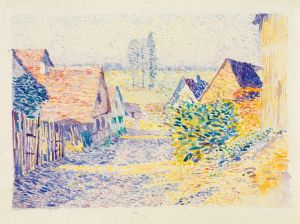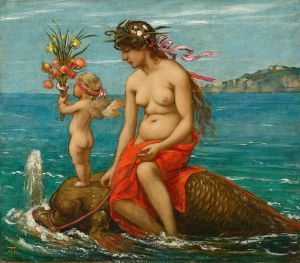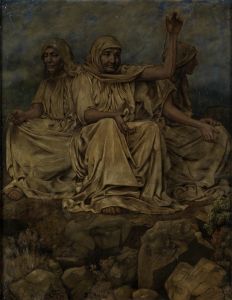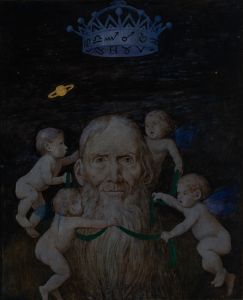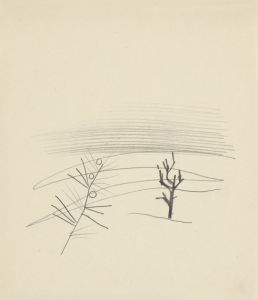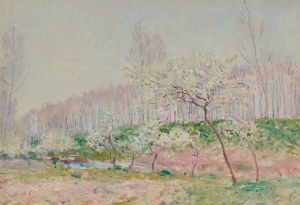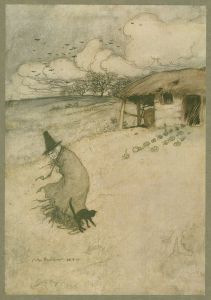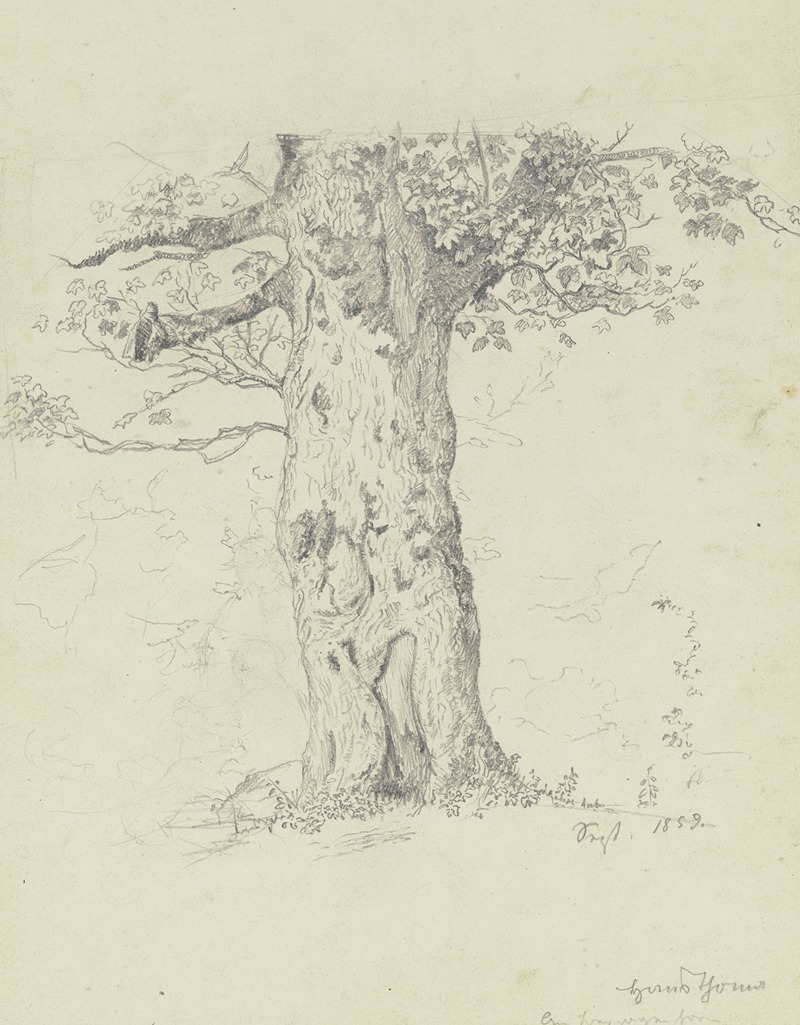
Tree
A hand-painted replica of Hans Thoma’s masterpiece Tree, meticulously crafted by professional artists to capture the true essence of the original. Each piece is created with museum-quality canvas and rare mineral pigments, carefully painted by experienced artists with delicate brushstrokes and rich, layered colors to perfectly recreate the texture of the original artwork. Unlike machine-printed reproductions, this hand-painted version brings the painting to life, infused with the artist’s emotions and skill in every stroke. Whether for personal collection or home decoration, it instantly elevates the artistic atmosphere of any space.
Hans Thoma was a German painter born on October 2, 1839, in Bernau in the Black Forest, and he became one of the most significant figures in German art during the late 19th and early 20th centuries. Thoma's work is characterized by its detailed realism and often features landscapes, portraits, and mythological themes. One of his notable works is "Tree," which exemplifies his skill in capturing the natural world with precision and sensitivity.
"Tree" by Hans Thoma is a painting that reflects the artist's deep connection to nature and his ability to portray it with both accuracy and emotional depth. Thoma's upbringing in the Black Forest, a region known for its dense woodlands and picturesque scenery, greatly influenced his artistic vision. This connection to his homeland is evident in many of his works, including "Tree," where he often depicted the serene and majestic aspects of the natural environment.
The painting "Tree" showcases Thoma's meticulous attention to detail and his ability to render the textures and forms of trees with remarkable clarity. His use of color and light in the painting highlights the intricate patterns of leaves and branches, creating a sense of depth and dimensionality. Thoma's technique involves a careful layering of colors, which gives the painting a luminous quality and enhances the realism of the scene.
Thoma's work, including "Tree," is often associated with the Symbolist movement, which sought to express ideas and emotions through symbolic imagery. In "Tree," the tree itself can be seen as a symbol of life, growth, and the passage of time, themes that are recurrent in Thoma's oeuvre. His paintings frequently explore the relationship between humanity and nature, reflecting a sense of harmony and reverence for the natural world.
Throughout his career, Hans Thoma received recognition for his contributions to art. He held various prestigious positions, including serving as the director of the Karlsruhe Art Gallery. His work was celebrated for its technical proficiency and its ability to evoke a sense of tranquility and introspection. Thoma's influence extended beyond his lifetime, as he inspired future generations of artists who admired his dedication to capturing the beauty of the natural world.
"Tree" remains a testament to Hans Thoma's artistic legacy, showcasing his ability to blend realism with symbolic meaning. The painting invites viewers to contemplate the beauty and complexity of nature, encouraging a deeper appreciation for the world around us. Thoma's work continues to be studied and admired for its contribution to the development of German art and its enduring impact on the portrayal of landscapes and natural themes.
In summary, Hans Thoma's "Tree" is a significant work that exemplifies the artist's mastery of landscape painting and his deep connection to nature. Through his detailed and symbolic approach, Thoma captures the essence of the natural world, inviting viewers to reflect on the beauty and significance of the environment.





